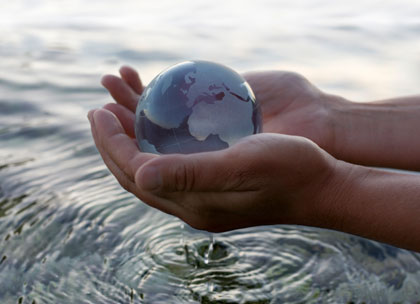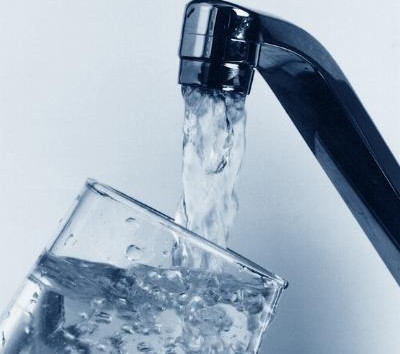The water resources in Moldova consist of surface water and groundwater.

Regarding surface waters, there are two major river basins in Moldova: the Dniester (the largest) and Prut (the second largest).
The natural water regime in these basins was altered by the construction of dams and reservoirs, created to prevent flooding, sediment capture and water to ensure agricultural, industrial and household consumption, as well as for fish farming.
The groundwater, intended for households and industrial centralized use, is extracted from ten aquifer premises. Groundwater is the main source of drinking water supply in Moldova, for 100 percent of the rural population and 30 percent of the urban population, or 65 percent of the entire population of the country.
The remaining 35 percent of the population uses surface water as a source of drinking water. About 44 percent of the population has no access to safe drinking water. Currently all towns and cities and 65 percent in rural areas have centralized water supply systems, but only 50 percent of such systems are in satisfactory technical conditions. The rest, require major repairs or reconstruction.
Groundwater does not meet the national standard for drinking water; often water hardness from wells, exceeds the standards by 2-5 times or more. Furthermore, almost 90% of the samples taken from aquifers exceed the maximum nitrate allowable concentrations, which are attributed largely to increased production of household pets.
 The possible impact of climate change on water resources in Moldova
The possible impact of climate change on water resources in Moldova
Climate change is only one of the factors that will determine future indexes of availability and use of water. Non-climatic factors may aggravate or mitigate the effects of climate change on water availability and quality. They could, also, have a significant impact on water demand. Increasing pollution and economic development will play a dominant role. According to the target for intensive use of water associated with national economic development, provision of safe water to all water users will be threatened by changing water resources associated to climate change, as soon as 2020, when the intensity of surface water use will approach 100 percent.
http://www.clima.md/doc.php?l=ro&idc=237&id=2529
